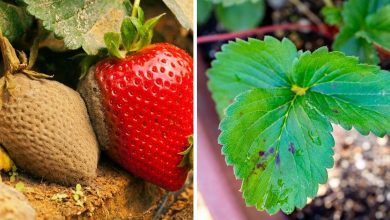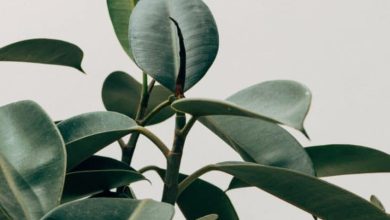Sowing African Violet: [Needs, Substrate, Irrigation and Cultivation]
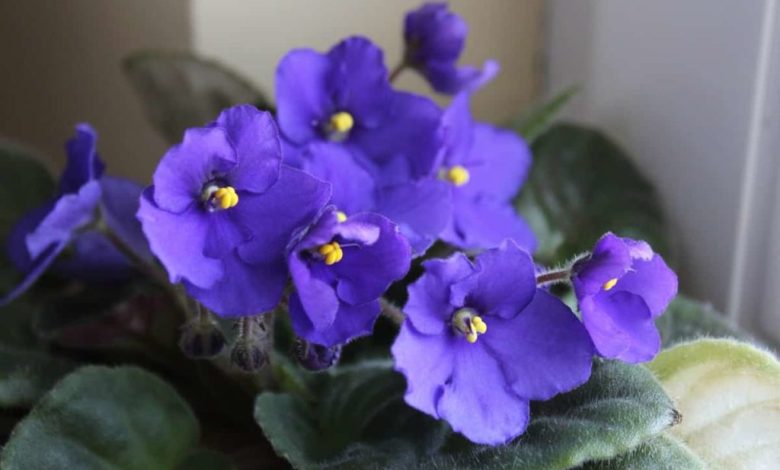
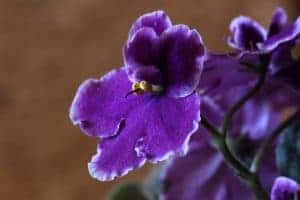 This beauty called African Violet or Saintpaulia ionantha, is quite a floral show that will gladly live in your home, as long as you place it in a place with plenty of natural light.
This beauty called African Violet or Saintpaulia ionantha, is quite a floral show that will gladly live in your home, as long as you place it in a place with plenty of natural light.
We can consider it an ornamental plant. It is also excellently suited indoors.
This sensational hybrid from Africa, specifically is seen a lot in Tanzania, Kenya and South Africa.
It was discovered at the end of the 19th century by Baron Walter von Saint-Paul-Illaire, which gave it an aristocratic fame throughout the world.
Its large round green leaves with hairs make a perfect contrast with the violet petals of its flowers, producing a sublime velvety effect that everyone will like.
The arrangement of the flowers runs in small clusters that go in very beautiful tones, with variations that go from purple to pale blue, a subtle white or a striking combination that emulates brushstrokes in these colors.
But the traditional one is the deep purple one.
Temperature: Where to plant the African Violet?
 The most convenient temperature for its development ranges from 17° to 21°C and it can withstand drops of up to 5°C.
The most convenient temperature for its development ranges from 17° to 21°C and it can withstand drops of up to 5°C.
It loves ambient humidity because it comes precisely from places with those characteristics.
Light: What needs do you have?
It should be located in a bright place in the house.
The sun’s rays should never fall directly on the African violet. If you don’t have a balcony, find the largest window and place below it.
Remember that the direct incidence of sunlight kills the African Violet, because the leaves will burn, it will no longer flower and it will wither.
The light stimulates the appearance of flower stems in a short time, so do not forget this information if you want to keep them in bloom all year round in that special place in the house.
The fact: in winter it needs a lot of light. And in summer it can bear to live in semi-shaded places, a little dark.
Substrate and Fertilizer: How do we prepare the land?
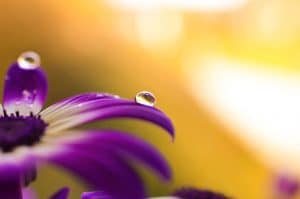 The flowering is greatly strengthened if you apply a fertilizer every 15 days or a liquid fertilizer that you can mix in the irrigation water.
The flowering is greatly strengthened if you apply a fertilizer every 15 days or a liquid fertilizer that you can mix in the irrigation water.
It will be the best way to enliven its flowering and stimulate good growth.
We want the earth slightly acidic. Therefore, the pH should range between 6.4 and 6.9.
The soil should also be loose and have good drainage. Make sure of this because the subsequent growth of the plant will be greatly affected.
Fertilizer for African Violet
To get our African violets to bloom strongly every year, using fertilizers is usually a good option.
Apply earthworm humus, 20-20-20 fertilizer, well-decomposed manure…
Irrigation: How often and how to water the African Violet?
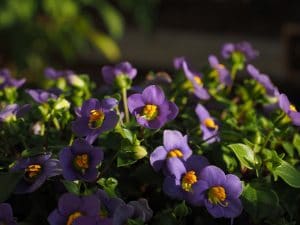 Experts warn that the irrigation system must be done from below and it is necessary to collect the excess water that passes into the pot’s plate or tray, after at least half an hour, after having put the pot on a plate to pour the water and that she herself absorbs as much water as she needs.
Experts warn that the irrigation system must be done from below and it is necessary to collect the excess water that passes into the pot’s plate or tray, after at least half an hour, after having put the pot on a plate to pour the water and that she herself absorbs as much water as she needs.
But since its roots are small, you should not allow the plant to get soaked. Why? The rotting of them.
The frequency of irrigation will also depend on the season of the year. In summer, for example, is when you need more water. Three times a week it will do very well and in winter, which is the opposite season, you should water it once every two weeks.
Some people water it using very warm water spread directly on the ground, not on top of the leaves or flowers.
Constantly check the upper layer of the substrate, because if it is moist you will not need to water it.
Plagues and diseases
Mites
Mites are usually a strong enemy of the African violet. We must combat them with natural insecticides, such as neem oil or potassium soap.
Mushrooms
Fungus can also be a problem. They arise mainly from excess moisture in the soil at the roots. To avoid them, try to keep the soil moist but without flooding excessively.
Bibliography and references
- http://www.weekendgardener.net/houseplant-care/african-violet-pot-031003.htm
- https://www.redalyc.org/pdf/1932/193217731012.pdf
- https://www.redalyc.org/pdf/1932/193215916010.pdf
- https://www.jstor.org/stable/42597031?seq=1
- https://www.argenbio.org/adc/uploads/imagenes_doc/cultivos%20celulas/Cultivos%20 Celulares%20II%20Euge.pdf

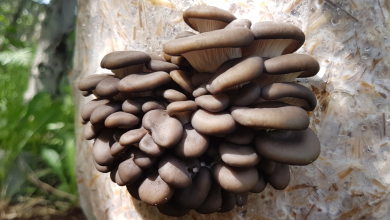
![Photo of Poisonous Yew: [Characteristics, Fruit, Intoxication and Uses]](https://www.complete-gardening.com/wp-content/uploads/2022/08/poisonous-yew-characteristics-fruit-intoxication-and-uses-390x220.jpg)
